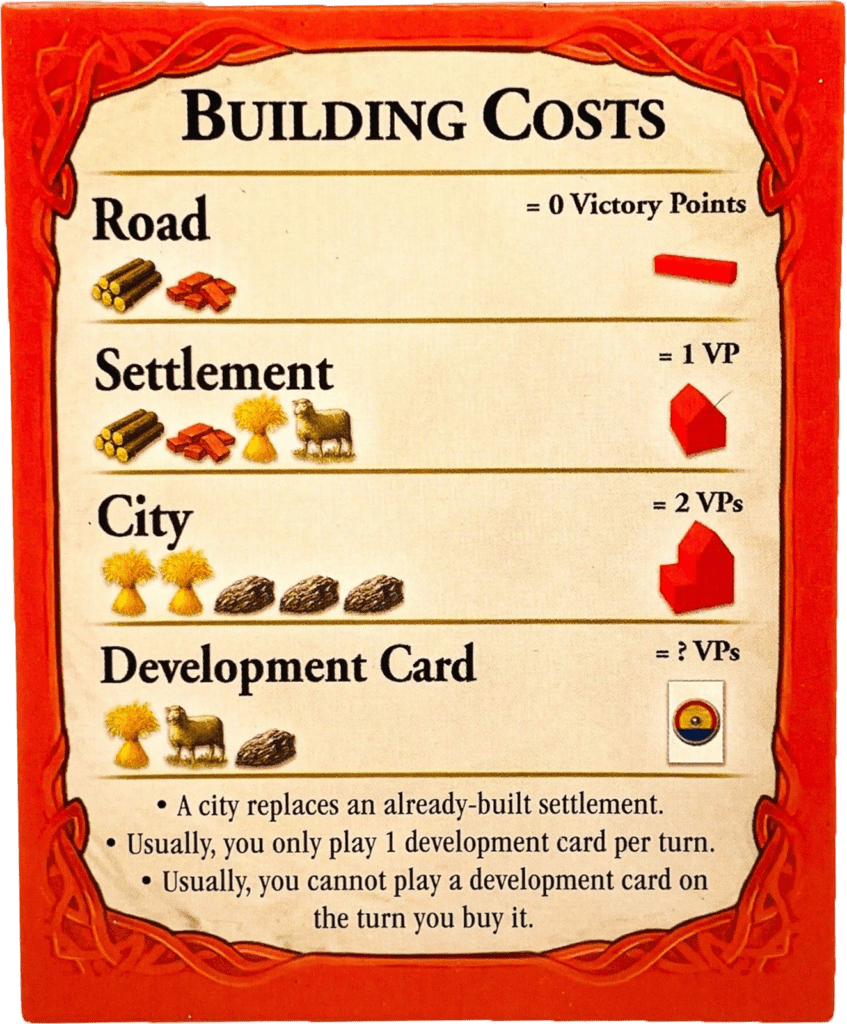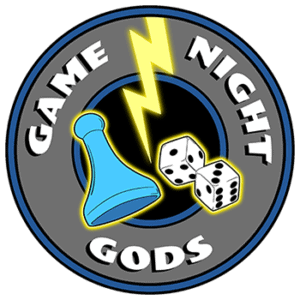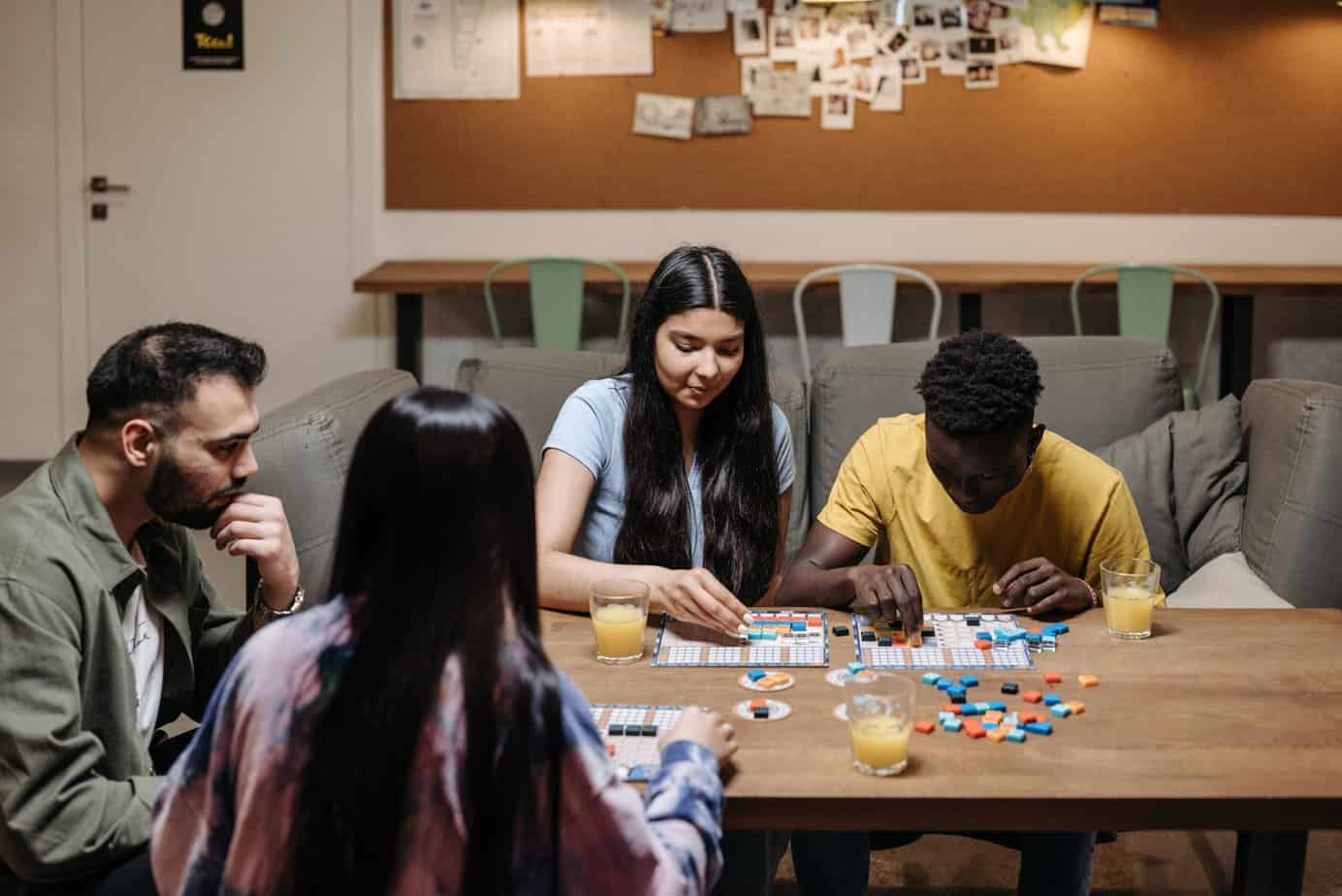If you’re like me, then you love playing board games with your friends and family. But what do you do if someone at your next game night has never played a board game before? Don’t worry, teaching board games to new players is not as daunting as it seems. In this guide, we will walk you through the steps necessary to teach a board game effectively and will answer the exact question on how to teach board games to new players. This will ensure that everyone has a great time playing!
Teaching board games to new players consists of carefully choosing a game that is appropriate for the new player’s skills and then of course knowing the ins and outs of the board game yourself, so that you can effectively teach it to them. As you introduce the game and give a brief overview, make sure everyone is paying attention and there are no distractions. It’s best to play some example turns once the game is set up and then even play a practice game, answering any questions and correcting any mistakes that arise.
Once you go through these steps and finish teaching the board game, the new players will be ready to tackle playing a real game.
Best Way to Teach Board Games
Now that you have a brief overview of what it’s like to teach a board game, we will go into detail on each step. You may be shaking your head like this is common sense, but you may find something useful that you didn’t think about before, and this can save a lot of time and energy.
Teaching board games can be hard when the receiving end is just not understanding. However, if you follow this guide, you might just make it a tad easier for yourself.
Follow these steps to ensure that you are correctly teaching board games to new players and providing a great game experience.
- Choose a game that is appropriate for the player’s skill level
- Learn the game yourself and be able to answer questions
- Make sure everyone is paying attention – no distractions!
- Introduce the game and give a brief overview
- Set up the game so people can see it visually
- Hand out any references or game guides
- Explain the rules
- Play some example turns/rounds
- Answer any questions and confusion that may arise
- Play a practice game and correct any mistakes
- Take a snack break or bathroom break
- Get comfy and ready to play for real
- Play the game!
Let’s dive a little deeper into each of these steps on teaching a board game to new players.
Choose a game that is appropriate for the player’s skill level
Before you dive into a game and begin to teach the rules, it’s important to take a step back and choose a game that is appropriate for the player’s skill level.
If the player is new to board games, it is important to choose a game that is not too complicated. The last thing you want is for the player to feel overwhelmed and frustrated. A good rule of thumb is to choose a game with simple rules that can be learned quickly.
Not sure which board game to start with? Here are some great gateway board games that are perfect for new board gamers.
It is also important to consider your player’s preferences, as different people may like playing different types of board games. Think of the group you will be teaching the board game to and which types of board games they would want to play.
You can even go as far as choosing a board game theme that will match that player’s personality. For example, if the player likes zombies, then maybe playing a zombie themed board game will really excite them and draw them into wanting to learn the rules of the board game.
These are just a few things to think about when choosing the right game to teach to a new player. You want a game that will match their skill as well as something they will be excited about whether it is a certain type of board game or a theme that matches their personality.
Learn the game yourself and be able to answer questions
Before teaching a board game to new players, it is important to learn the game yourself. This way, you will be able to answer any questions that may come up during the game. You don’t want players to be confused about the rules and have to wait for you to answer their questions.
When it comes to learning board games, you may find that it either comes naturally, or you may need a little help. I find that looking up ‘how to play’ videos on YouTube is the quickest and most effective way to learn a new board game.
You can also sit in a comfy chair with a nice hot cup of tea and read through the player manual like it’s your favorite book. But this might be time consuming and confusing.
However you decide to learn the board game, just know that you are taking one for the team and making everyone’s life easier when you teach the board game to new players. Not everyone likes to learn a game themselves and rather have a friend or family member teach it to them. This is where you come in!
Be prepared ahead of time and have the game already learned and in your head so that you know the ins and outs and can answer any questions that come up.
Make sure everyone is paying attention – no distractions!
Before you begin explaining the game and setting up the board, it is important to make sure that everyone is paying attention. This means putting away any distractions and making sure that everyone is focused on the game.
No cell phones! This can be the most distracting thing on the table. So make sure everyone puts their phones in their pocket and there are no other distractions in the room.
Other distractions can include loud music, TV screens, and other people talking that aren’t involved in playing the game. It’s bet to keep these distractions to a minimum, so make sure you choose the perfect atmosphere before teaching the game.
Also not all music is bad when playing games. If you want to put on a board game night playlist at low volume then this can help set the mood for the rest of the night.
Introduce the game and give a brief overview
When you first introduce the game, give a brief overview of what the game is about. Explain how to win and how to lose. This will give players an idea of what they are working towards during the game.
Instructions can be complex, so giving a brief overview with one or two goals in mind will help the player get an overview ‘big picture’ of the game as a whole.
Set up the game so people can see it visually
When setting up the game, make sure that people can see it all of the components visually and the full game board. This means having enough space on the table for all of the players, as well as having all of the pieces in reach. It can also be helpful to place all of the cards in view so that players don’t have to keep asking where they are.
This may require some planning ahead of time, as you want to make sure you are playing in a big enough space with a large table that can hold all players and game pieces.
Hand out any references or game guides
If there are any references or game guides available for the board game you are playing, be sure to hand them out to all of the players. This will help them if they have any questions about specific rules later on during the game.
For example, the board game catan and other board games like catan, have cardboard resource cards that each player can use throughout the game as a little reference card. For Catan, the reference card contains information on how much resources cost and quick bullets on key mechanics of the game.

You can even hand out the game instructions or guide to the player in case they want to reference it. Be careful, as this may be overwhelming for the new player as some game guides are really long and require a lot of reading.
However, some game guides have overview pages that can be quickly referred to during a game for some guidance. So having this page open and in front of the new player may be really helpful.
Explain the rules
Now it’s time for the most important part: explaining the rules! Be clear and concise when explaining how to play the game. If there are any examples, show them using actual pieces on the board.
You can pick up cards, read them aloud, and move pawns on the board in order to show examples of scenarios throughout the game. Remember, this is only to display the game and these moves will not count towards the real game.
The new player may not understand everything at first when you are explaining the initial rules and that is okay. Just make sure you give them an idea of how the game will run from start to finish, the different mechanics, and how each player can manipulate the game.
Play some example turns/rounds
After explaining how to play, it’s helpful to play a few example turns/rounds yourself so that everyone gets a better idea of how the game works. This will also help weed out any confusion that may still be present.
Set the game/round up like you are going to play an actual game and then as the teacher you should showcase how you would take your first turn. Do this while reading everything out loud, even if its supposed to be for your eyes only, and show your own thinking and what you would do until your turn concludes.
After the rules have been explained, it is time to start playing the game. It is important to walk the player through each step of the game as you play. This will help ensure that the player understands what is happening and can make informed decisions.
You can then continue by saying something like “and now it’s your turn, you will start by picking up this card…” and so on. Have the new player make the decisions for their own turn as you guide them.

Answer any questions and confusion that may arise
Be prepared to answer any questions and confusion that may arise during gameplay. If something isn’t clear, take a moment to explain it in more detail.
You can always refer back to the game guide so that you can clearly show what it is that may be causing confusion.
Play a practice game and correct any mistakes
Before playing for real, it’s always helpful to play a practice round so that players can become more comfortable with how the game works. This is also your chance to correct any mistakes that were not clear before playing for real.
Time to play for real
After playing a practice game, it’s time to take a short break and then strap in for the long haul. It’s time to play for real! At this point, the new player should have a solid understanding of the game and any uncertainty should be cleared after playing a few rounds of the game.
Finally, don’t forget to have fun! Board games are meant to be enjoyed by everyone. Make sure to take breaks and explain any jokes that come up during the game. This will help make the experience more enjoyable for everyone involved.
How to Teach Board Games Conclusion
Teaching board games to new players doesn’t have to be difficult. By following these simple steps, you can ensure that everyone has a great time playing!
So next time someone at your game night is new to board games, don’t be afraid to teach them how to play. They’ll be glad you did! Happy gaming!

